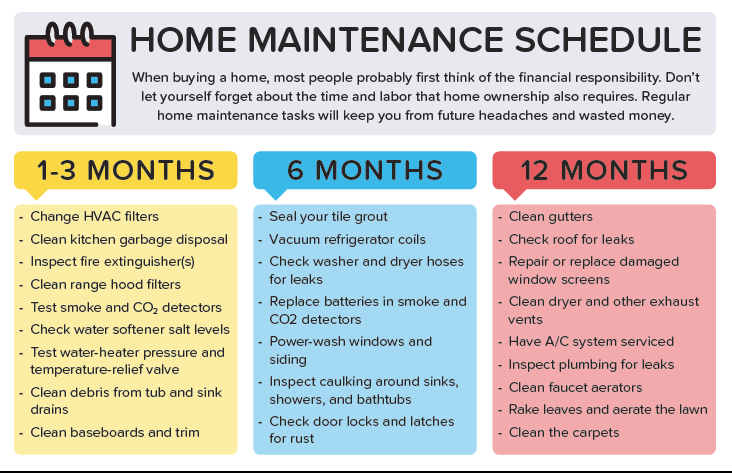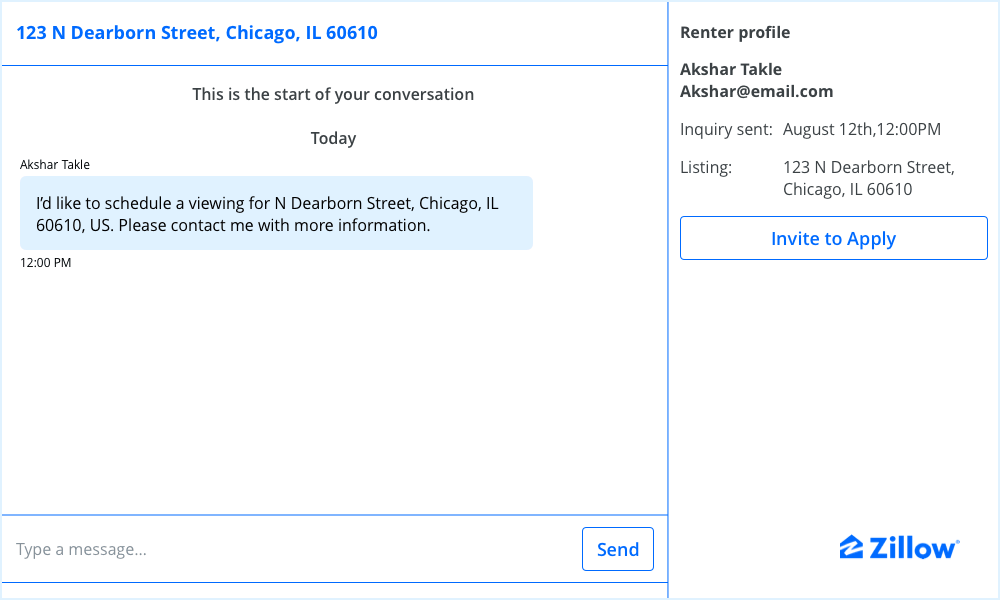
PMI Property Management, a locally-owned property management company, offers full service. The company provides professional services such as property management, tenant relations and collections, and effective advertising and marketing strategies. PMI boasts a reputation for being one of the best property management companies in America, managing more than 15 million assets.
Private Mortgage insurance is a type if insurance that protects the lender against defaults by the borrower on the loan. It depends on which type of loan you have. The monthly payment will vary. It will generally cost between 0.1% and 2% of your total loan amount. You might be able to pay a smaller interest rate or a lesser cost alternative than a traditional mortgage with PMI.
You can avoid PMI by making a downpayment of at least 20% of the purchase price of your home. This amount is calculated based on the current market value of the home. You automatically build equity when you make a deposit. You will also increase your equity as the home price rises. If you own at least 20% equity in your home, you can request the cancellation or modification of your PMI coverage.

The Internal Revenue Service allows for you to deduct PMI costs from your taxes. But there are some limits to this deduction. For example, it has not been extended by the IRS to 2022. You still can get a tax deduction if your annual PMI is less than ten percent of your adjusted net income.
A house purchase with little or no down payment is risky. Monthly payments may be higher than what the home is worth and you could end-up owing more. That's why most lenders require a private mortgage insurance policy. It protects you from defaulting on the loan.
Piggybacking is an alternative to PMI. Piggybacking is a way to split your loan into an 80/10/10. The first loan is for 80% of the property's total value, and the second loan pays 10%.
Another alternative to PMI is a single-premium policy. Single-premium policies must be paid in full upon closing. If you have the remaining balance of the loan, you may be able to combine the insurance cost into one payment.

Generally, the less you put down on a home, the more interest you will have to pay. There are many programs to assist you in paying down your down payment and getting a low interest home loan rate. These include grants, state and federal programs, and lender-offered loans. Ask your bank or lender if they can help you determine if this program is right for you.
A large down payment is a great option to build equity. It's important to remember that your down payment won't be as large if your home is refinanced after a few years. You might also find it more difficult to refinance your home if its value falls.
FAQ
What qualifications are necessary to be a handyman
Being a handyman requires patience. Also, experience with working with electrical systems, carpentry skills and plumbing knowledge is essential.
There are many job opportunities for qualified people, but you might not be qualified if you don’t know what they mean.
This is why you might consider enrolling in a school that specializes in these types of courses.
What are some things to look for when hiring a handyman
It's important that you find someone with experience working on your particular project. It is also a good idea to ask for references and inquire about past customers. You might want to add extra cash to cover unexpected costs. Also, you'll want to make sure he's insured and licensed.
Do you have any suggestions from a handyman on how to improve your home?
Absolutely! In fact, a handyman is trained in all areas of home repair and maintenance. A handyman knows what to fix and what not. Do not hesitate to seek advice whenever you are in need.
Why should I hire a handyman rather than doing it myself?
It's a great way to save time and money by hiring a handyman. Not only will you save time, but you also avoid the hassle of hiring another person. Plus, when you hire a handyman, he or she has all the necessary equipment and supplies needed to get the job done right.
Statistics
- A franchise was approximately $110,000 with a franchise fee of $14,900, according to a spokesperson for a national handyman franchise. (en.wikipedia.org)
- “Before the pandemic, 40% of people asked how we could estimate a job when we weren't there,” Rose recalled. (inquirer.com)
- “Once the pandemic hit, that number fell to about 20%.” (inquirer.com)
- According to the U.S. Bureau of Labor Statistics, in May 2020, there are 1,357,630 handymen employed in the U.S.. (angi.com)
- An estimate was that in 2003, the market for home maintenance and repair spending was up 14% 2001 to 2003. (en.wikipedia.org)
External Links
How To
How to replace a broken tile
Step 1: Take away the old tiles.
The tiles should be removed from the flooring and placed aside. These tiles will be useful later on, so you'll need to keep them intact. Note which pieces are missing or damaged to avoid having to search for replacements.
Step 2: Choose New Tiles
Take a look at some different options available for tile replacement.
-
You can find a tile replacement that is similar to the one you have just removed.
-
You can use the measurements taken when you removed the tile to locate a matching piece. This will allow you to quickly find the right size, without having to measure again.
-
You should look for different colors, patterns and textures.
-
Consider what grout you'd like to use (if any). Some people prefer solid color; others enjoy mixing it up.
-
Be sure to select a tile that is resistant against moisture.
-
The final thing to consider is the location of the tile. It will save you time and money if you make sure there's enough space for the proper installation.
-
Once you've picked your tile, place an order online or call your local Lowe's location to place it.
Step 3 – Install the new tiles.
Install your tiles using the same method you used before. It's important to align them correctly in order for them to fit together.
Step 4 – Clean up
Clean up any debris on the floor before you apply the last layer of protective material.
This will prevent dirt or dust from collecting between the tiles and causing mold.
Step 5: Sand down the Floor
After cleaning everything, sand down the floor to remove any loose particles left behind by the previous step.
Step 6 - Finish Off
Apply the protective coatings once the floor is smooth. Wait until the floor is completely smooth before applying the protective coatings to the tiles. Wet paint could stain the tiles' surface.
Remember, you can always use a product called "damp-and-dry" on your floors to help protect against stains.
However, it won't cover every possible problem that may occur after you've installed your new tiles. For example, if you have a lot of kids running around, you may want to consider using an anti-slip coating on top of the protective layer.
Finally, do not forget to keep the protective sealer on for several more weeks before you move back into your home.